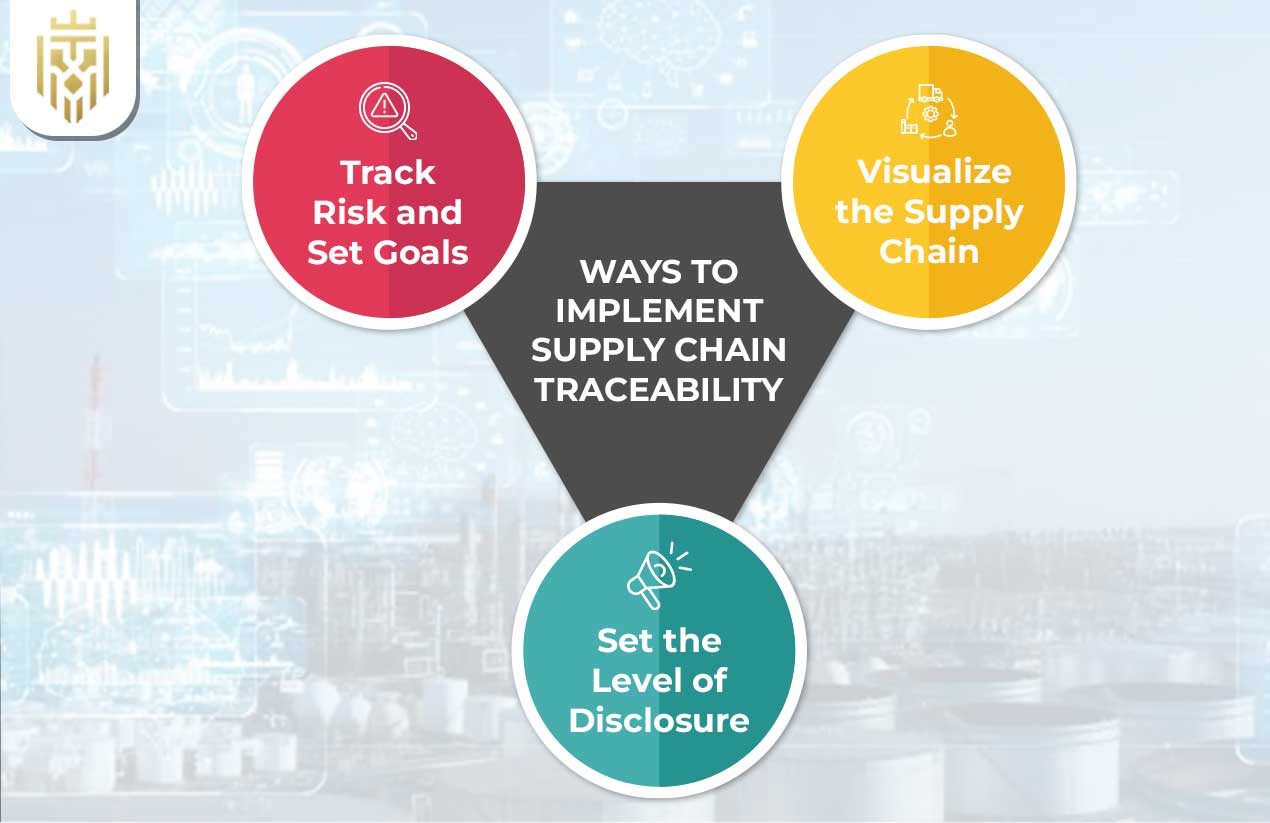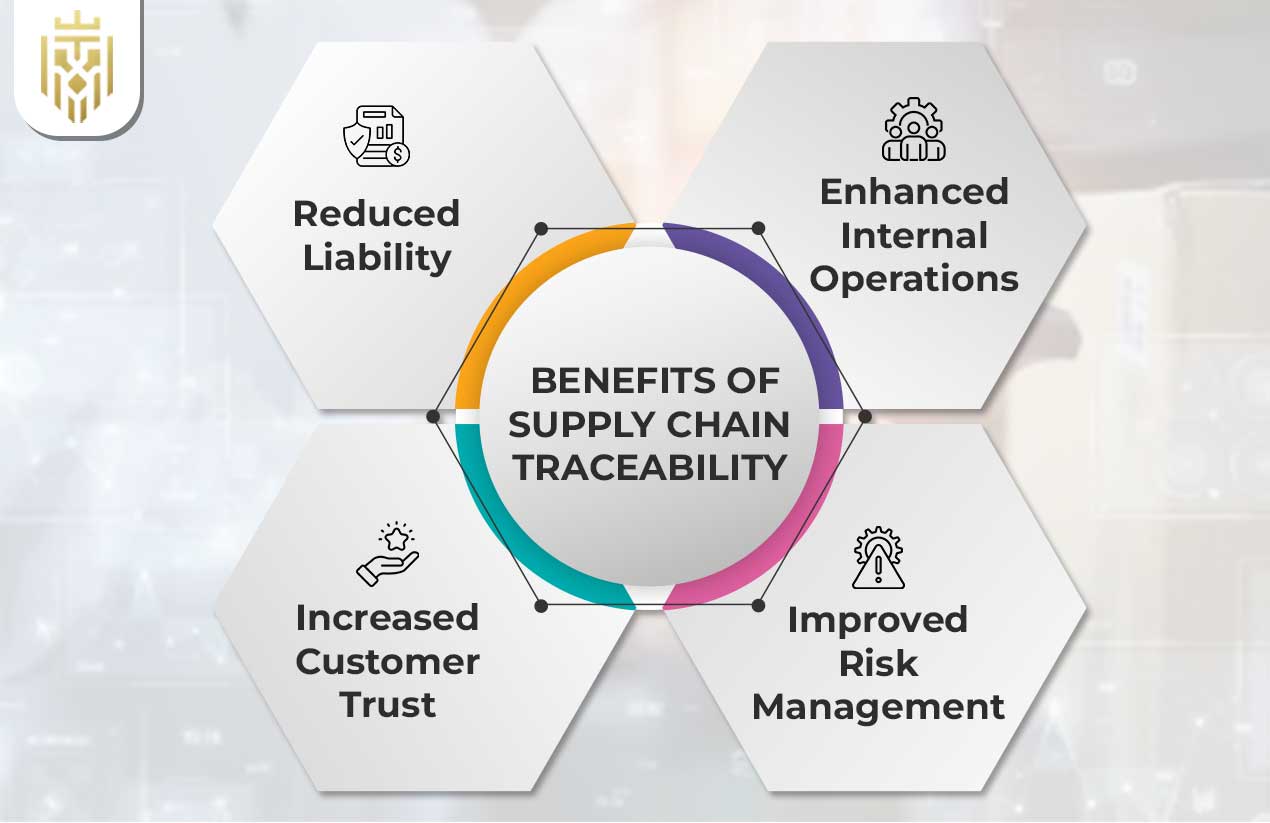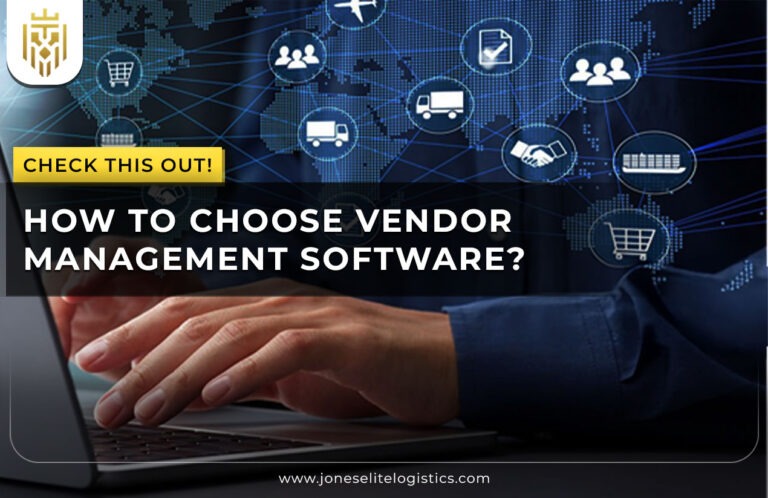What is Supply Chain Traceability?
Supply Chain Traceability is the path a product journeyed from raw material through to where it eventually reached, while collecting and storing data at each stage to enhance transparency, quality and efficiency. This allows businesses to attain supply chain visibility, enhance supply chain risk management and conduct effective supply chain analysis while maintaining operational transparency, and data integrity across processes.
Why is Traceability Important in the Supply Chain?
Traceability makes supply chains more efficient, of higher quality, safer and compliant, and more sustainable. This ensures regulatory compliance, solves early quality and safety issues, increases supply chain visibility, and supports sustainability by tracking a product through its lifecycle and end of life activities. A robust traceability supply chain framework ensures accountability at minimal risk and disruptions.
How to Implement Supply Chain Traceability?
Keeping risks under traceability, clear goals, and integration in the supply chain management strategy. Optimize your use of digital tools for supply chain visibility and balance transparency and confidentiality with tailored disclosure levels.

H3 – Track Risk and Set Goals:
Use analytics to create real time alerts and monitor compliance while identifying vulnerabilities to track risks in supply chain traceability. Establish clear objectives based on regulations and incorporate traceability into the broader supply chain risk management. With real time monitoring, transparency is improved and response to disruptions or inefficiencies is immediate.
Visualize the Supply Chain:
Use digital tools such as flowcharts, dashboards, and GIS maps to create digital images of the supply chain. Use technologies like blockchain, IoT, and AI for real time tracking, supply chain visibility and collaboration among stakeholders. It provides detailed analysis of the supply chain, optimizing of the resource utilization and process transparency.
Set the Level of Disclosure:
Assess stakeholder needs, regulatory requirements, and competitive risks to set the level of disclosure. Set transparency boundaries, share fundamental data such as sourcing and compliance, and deploy tiered frameworks such that supply chain visibility is balanced with confidentiality. Structured disclosure is about protecting sensitive information and building trust.
How to Optimize Supply Chain Traceability with Jones Elite Logistics?
Share real time data, optimize GPS tracking and location intelligence to benefit supply chain traceability. By keeping partners engaged, Jones Elite Logistics are open and collaborative with suppliers, manufacturers and logistics partners. These practices help improve traceability supply chain strategies, mitigate disruption, and create operational resilience effectively.
Benefits of Supply Chain Traceability:
It decreases liability, improves internal operation, enhances supply chain risk management, and improves customer trust. It improves supply chain visibility, helping proactively handle risk, work more effectively, comply with regulations, and increase product authenticity and transparency.

Reduced Liability:
Supply chain traceability reduces liability with reduced human error, increased quality control and a guarantee of meeting regulatory standards. It is known to support supply chain risk management by identifying compliance issues ahead of time and reducing legal exposure.
Enhanced Internal Operations:
Traceability gives you control over how your products pass through manufacturing and into the market. Supply chain visibility, however robust, facilitates smoother logistics, more operational agility, and more responsiveness to customer requirements.
Improved Risk Management:
In traceability, businesses can advance proactively with risk management by anticipating and taking care of potential issues. Improved supply chain risk management promotes resilience to disruptions resulting from internal politics, weather events and unforeseen events.
Increased Customer Trust:
With traceability customers can verify product authenticity and ethical standards, have higher satisfaction and loyalty. It’s a commitment to traceability supply chain practices, assuring customers that product quality and integrity is maintained.
FAQs
-
What is Supply Chain Traceability?
Supply chain traceability tracks a product journey from raw materials to the delivery and it provides the visibility, transparency and quality of the supply chain by collecting and maintaining the data at every stage to analyse the supply chain.
-
Why is Traceability Important in the supply chain?
Traceability helps to increase efficiency, comply to the legal requirements and increase safety, supply chain risk management, sustainability, and quality issues are solved early on. It supports traceability supply chain practice to promote transparency and accountability for stakeholders.
-
What are the Benefits of Supply Chain Traceability?
It decreases liability, improves internal operation, enhances supply chain risk management, and improves customer trust. It improves supply chain visibility, helping proactively handle risk, work more effectively, comply with regulations, and increase product authenticity and transparency.
-
How to Implement Supply Chain Traceability?
Keeping risks under traceability, clear goals, and integration in the supply chain management strategy. Optimize your use of digital tools for supply chain visibility and balance transparency and confidentiality with tailored disclosure levels.









